|
Midsummer’s Day brings with it a host of traditions. A lot of stone circles (famously Stonehenge) are aligned on the sunrise of the summer or winter solstice, probably so that the sun’s return to the north can be marked and celebrated.
As Christianity developed inevitably this affected the traditions and dancing and the devil are often involved. In West Sussex skeletons are reputed to appear and dance around an oak tree and many places have the legend that dancing round standing stones will raise the devil. Bonfires are still lit for summer celebrations and in some parts, not long ago, wheels would be set on fire on hill tops to roll down to a lake or stream as a charm against summer drought. One story survives of a tradition of fasting at Midsummer to find who would die in the next 12 months. The spirits of the doomed villagers would raise the knocker on the church door (apparently). John Clare, the poet, mentions Midsummer Cushions in his writing. Now every year children of his home village make the cushions - usually an ice cream tub packed with moss into which flowers are pressed. There is something special and poignant about the longest day. Although the turning of the wheel of year barely touches some of us the Midsummer Solstice retains its importance.
0 Comments
Some of the oldest art we have survives as part of the landscape. I always have a sense of shock and pleasure to see the Uffington White Horse carved into its hillside. The horse is made from the landscape itself, and it feels like it’s telling us something I’m sure - but what is it?
Beside the A1 as it approaches Gateshead, Anthony Gormley’s Angel of the North is a much-loved modern equivalent. Under its feet are the crushed remains of the buildings of a coal mine. It is literally rooted in the past while the rebirth of the industrial North evolves in the shadow of its wings. Centuries apart there’s a sense of place in both of them. And what will the Angel say to people in 500 years? There is a place near Wakefield which is home to hundreds of pieces of art in the landscape: The Yorkshire Sculpture Park. Sheep graze around enormous bronzes by Henry Moore. An old deer shelter, half sunk in the ground, has become a place to watch the clouds go by. By the espaliered apple trees in the walled garden contemporary artists pose questions in their work. Walking through the park is a constant series of surprises. Artists choose where the pieces are set, often making them for their settings. They merge into the landscape or shine out in deliberate contrast. They make me think about the place, about the artist’s thoughts, about the nourishment art brings. You can find details of the Yorkshire Sculpture Park HERE If you’d like to create some art in the landscape Ian Scott Massie leads experiences from the Happy House in Masham. Details HERE I fell in love with this book seeing it in a fantastic bookshop - Astors in Devon earlier this year. Apart from the beautifully sized hardback grey linen cover, the black soft end papers, and then the font (sigh) and the short chapter spacious layout…oh I could go on! But of course it is actually the content that I’ve found incredibly (and it almost seems trite to use this word) inspiring. It’s Rick’s authentic thoughts on what it means to be creative in everyday life. He calls each of the 78 chapters ‘areas of thought’
And here are a few of the titles…the source of creativity, self doubt, distraction, seeds, momentum, the ecstatic, a whisper out of time, harmony. Although Rick Rubin’s career has been as a musician this is not the focus of the book -more that if you make the creative act part of your everyday life you’ll find yourself enriched in so many ways. A lot of the content I agreed with - and perhaps already knew somehow but it made me think still and is written in such a beautifully succinct way - it is a song to the act of creating and I know you would love it. P.S. oh and did I mention there’s a section at the back for writing your own notes? Fabulous. Loving Kindness Meditation (LKM) is one of the most commonly used types of meditation today. It often crops up in mindfulness and it originates from the Buddhist tradition. It is a type of meditation where you wish yourself and others happiness, ease and contentment.
All that sounds very nice and fluffy doesn’t it? And maybe even a bit hippy dippy woo woo if you’re not feeling quite as generous. However even the sceptics might be interested to know there’s a great deal of contemporary and ongoing scientific research into LKM’s benefits. The benefits of a regular practise (several times a week) stretch further than we may realise, and can actually alter the structure of our brain. It is perhaps not surprising that if you practise LKM everyday then the stress responses in your body can be markedly reduced. It can also have an impact on the inflammation response in the body - a major factor for many diseases. After 9 weeks or so of regular practice researchers saw a difference in people’s reporting of positive emotions, they were generally more satisfied with their experience of life and suffered less depression. LKM has been shown to increase feelings of social connection and improve our vagal tone. * And for me the best bit is that you can reap all these benefits whilst having a lovely relaxing time for just a few minutes a day. And you can learn for free. There are lots of resources on line and slightly different versions but here is mine available for free on Insight Timer. If you’d like to learn more I can teach you one to one and we can explore some of the many different types of meditation to find what suits you. *Vagal Tone If it's the 25th of March it must be New Year! The 25th of March is Lady Day, the festival of Floralia and, until 1752, New Year’s Day in Britain. It was also calculated by the monk Dionysius Exiguus as the day Christ was crucified. A lot to happen on a single date.
If you’re a gardener you might want to focus on Floralia. She was associated with vegetation and flowering plants. The Romans honoured her in order to ensure her continued blessing on their lands. Her day falls shortly after the pagan festival of Ostara - the spring equinox where light and dark are balanced before the sunlight tips towards summer. Named from the German goddess Eostre, it is one of a host of names around the world for this heavenly event and is the basis of the Christian festival of Easter. The photo is of the Austerfield dragon - a Viking-age carving set above the door of a Norman church. There was a council at Austerfield in 702 and on the agenda was how to calculate the date of Easter. Was the council held here because the place derives its name from Eostre, the goddess of spring, or was Austerfield named since here the date Easter was discussed? We’ll never know the answer but my feeling is that this was a place sacred to Eostre, goddess of spring, renewal and rebirth, and, by holding the council here, the church capitalised on its symbolic power. And Austerfield feels like a place of power, a feeling reinforced by two pieces of sculpture which pre-date the church: the dragon - a beast sometimes associated with Eostre and inside the church, hidden for a long time, a Sheela Na Gig - a carving of a woman holding open her vulva: an early symbol of feminine power. Solstice this year is on Friday 22nd December.
At this time of the year the sun stands still. It can seem like an age before summer but the light begins to return from this point in and our days get longer. Here are a few ways to align yourself with this season.
A soule cake, a soule cake, Have mercy on all Christian soules For a soule cake. Traditional rhyme These cakes(biscuits really) sometimes called Soulmass Cakes were traditionally made for All Soul’s day - 2nd November. Souling is a tradition which is traceable back to the year 1000, but may be older, which involved saying mass to aid souls on their way through purgatory.
There are lots of recipes, some involving nutmeg, some oats, some ginger, so I’ve put together this recipe which works - I’ve eaten the evidence! - and keep things fairly simple. Feel free to add any bells and whistles - whatever you feel is good for the soul. Soul Cake Recipe Makes about 18 Ingredients 100g butter 100g caster sugar 2 egg yolks 250g plain flour 1 pinch turmeric ½ tsp mixed spice 1 tsp allspice 2-3 tbsps milk 50g currants Cut the butter into cubes and leave in a warm place to soften Turn on the oven to 180c/165c fan Melt a little butter and brush 2 baking trays Sift the flour into a bowl and add the spices In a large bowl mix the butter and flour with an electric mixer till pale and fluffy Add the egg yolks and mix Add the flour and spices a little at a time and mix Add the currants and stir in Add the milk one tbsp at a time until you have a dough that comes together with your fingertips Roll out onto a lightly floured surface to about 5mm thickness and stamp out the cakes with a 6-7 cm round cutter. Transfer to the baking trays With the back of a knife blade lightly score a cross on each one Bake for 20-25 minutes until golden brown and firm. The cakes will keep for a few days in an airtight tin. The dough can be frozen for later use - just make sure it’s completely defrosted. The Comfort Of Things is a beautiful book by Daniel Miller, and alongside Significant Objects and Taking Things Seriously it forms a brilliant trilogy of why and how we treasure some of the objects we do.
Balanced on top of the pile is an opulent pocket sized book from artist, designer and yogi Hannah Nunn. She is expert at the art of giving her attention to the world and discovering natural treasures. She writes about and illustrates them in this gentle and moving book - Tiny Treasures. We all have some objects that mean more to us than their material worth, it may be because they evoke memories, remind us of our ancestors or culture, perhaps to us they are uniquely beautiful or are talismans of the people we want to be. “What five objects, things, or memories would you like to own again and why?” Edith Marks - a question from the Jewish Druts’yla tradition carried by story teller and tradition bearer Shonaleigh. Working with individuals and small groups Josie helps us find our treasures, our senses of connection, joy and resilience. She weaves together story, meditation, journalling and creativity, a magical spell that simultaneously takes us out of the world and roots us right back in to what's important too.
This is a culmination of years of creative work, teaching, meditation teacher training (British School Of Meditation diploma) and an MA in Applied Storytelling, working with the Jewish Druts'yla tradition. If you're interested in a creative experience that adds richness and depth to your view of life, then working with Josie might be for you. Check out her workshop 'Treasure Hunters' based on her MA work. The Autumn Equinox has been a time of celebration for as long as we know.
Whether under the Pagan name of Mabon or the Christian name of Michaelmas, it marks the time when the harvest is complete and the store house and granary full. All sorts of traditions abound: balancing an egg on its point, creating a dolly from the last sheaf of corn, harvest festivals and suppers, cutting an apple and meditating on the five-pointed star it reveals and creating displays of fruit and vegetables like the ones we go to see in Masham church at the Sheep Fair. It’s the day - 23rd September this year in the UK - when the day divides into equal portions of light and dark. It’s inspired countless works of art from John Keats Ode of Autumn to Paul Nash’s painting The Landscape of the Vernal Equinox. It’s the perfect time to raise a glass of cider, salute the rising sun and contemplate the season of the sun which began at the spring equinox all those months ago in March. |
AuthorJosie Beszant and/or Ian Scott Massie, both artists from Masham North Yorkshire, Uk. Archives
May 2024
Categories |
Happy House Masham, 24, Market Place, Masham, North Yorkshire. HG4 4EB





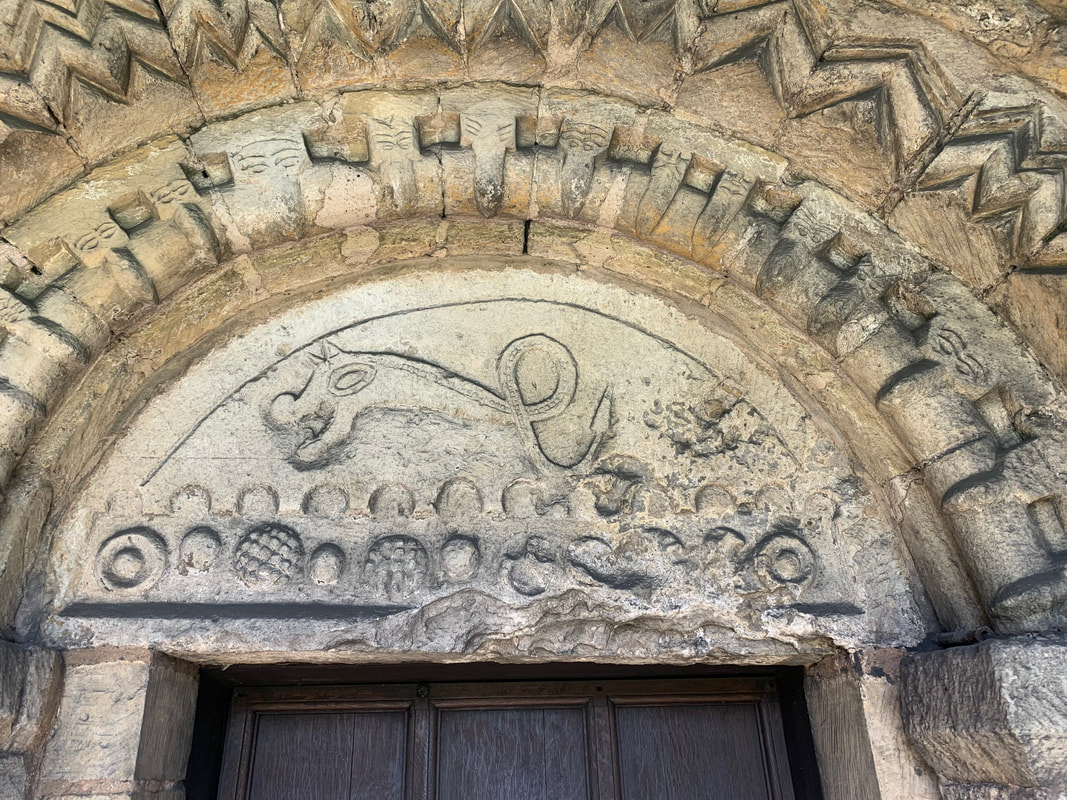
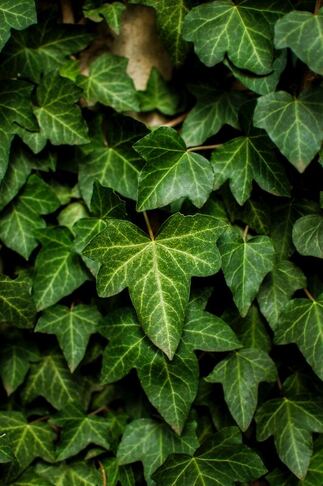
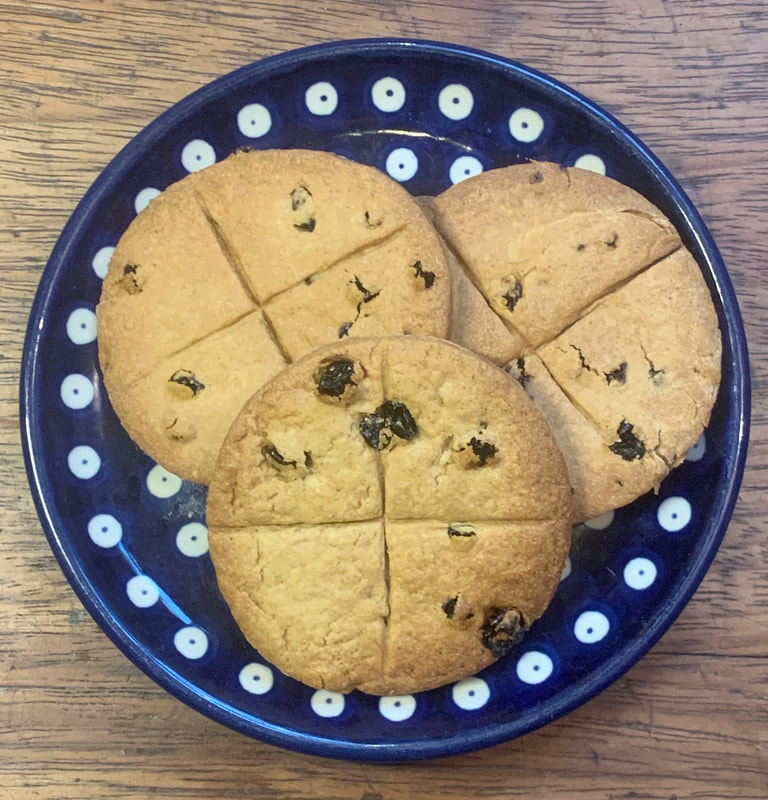
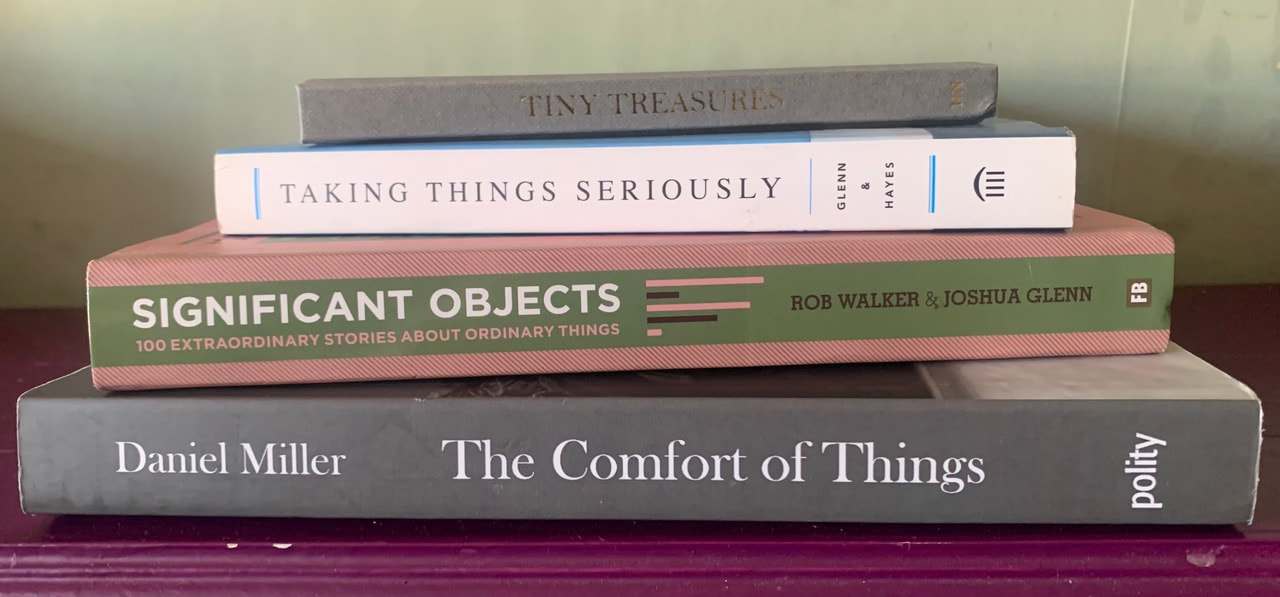
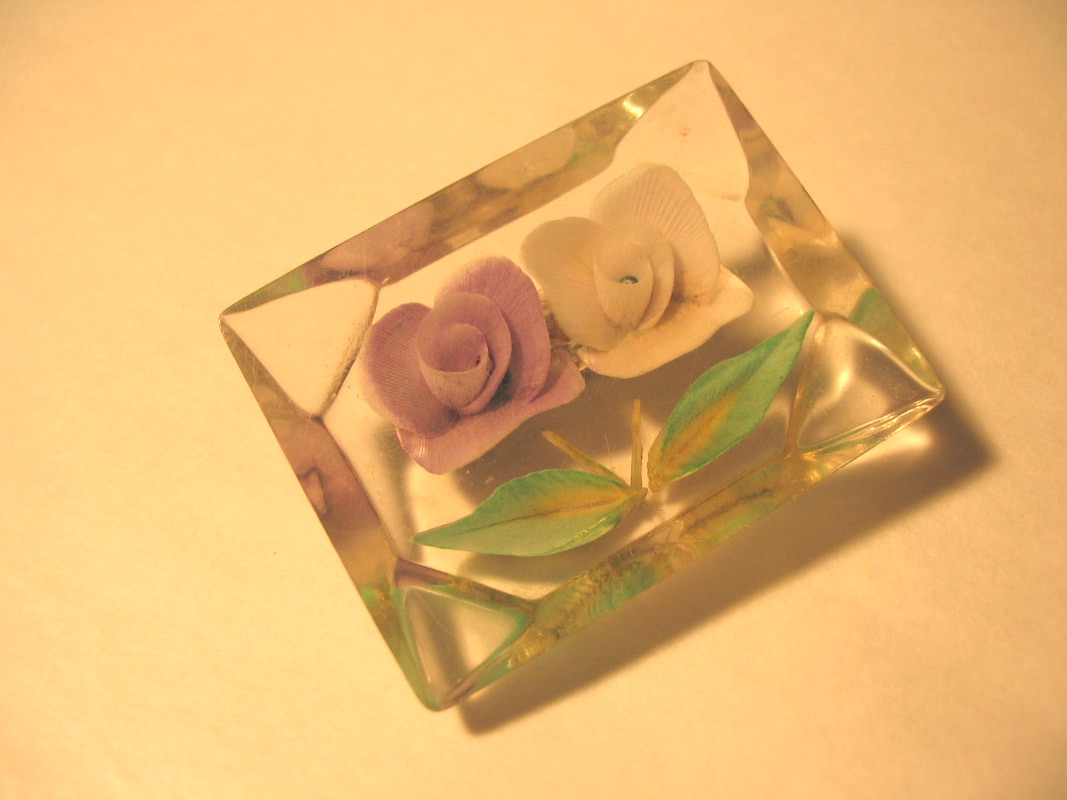
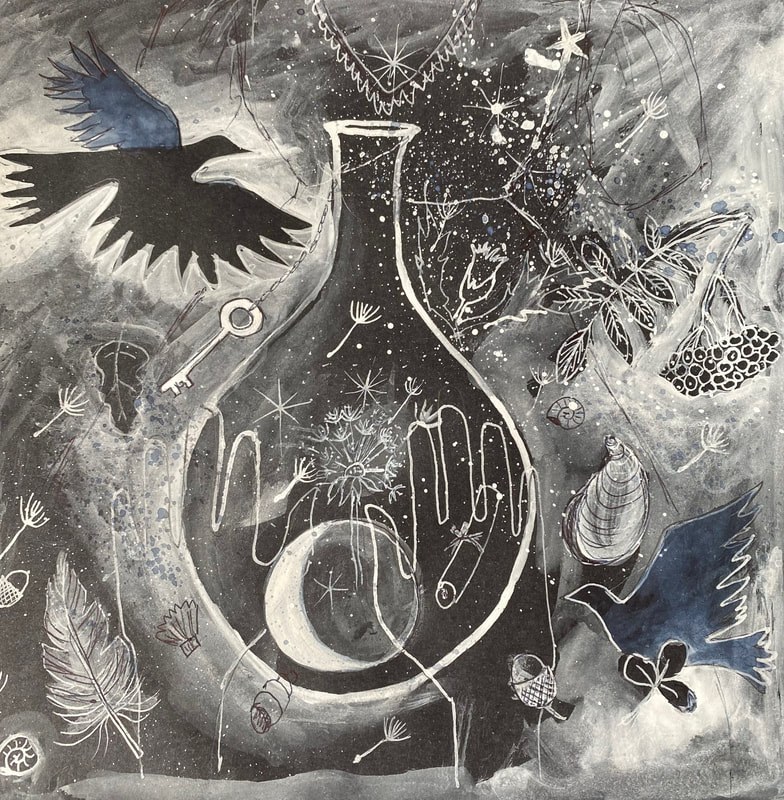
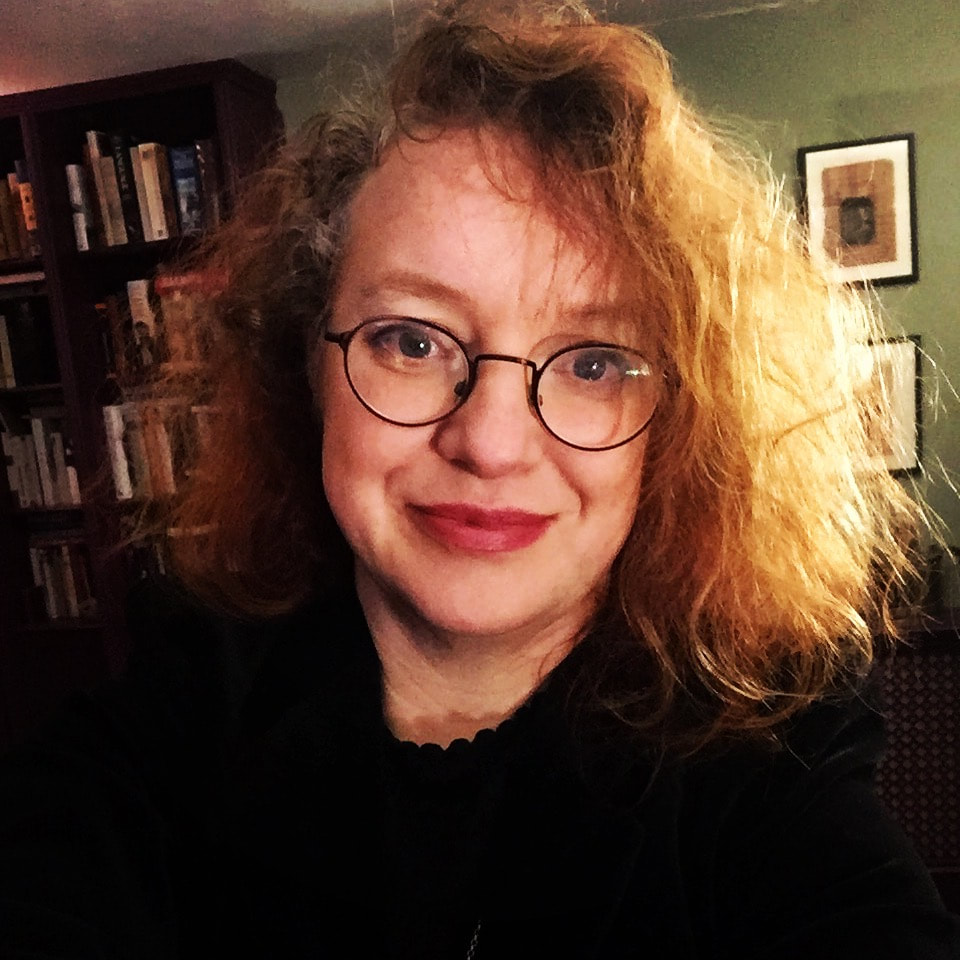
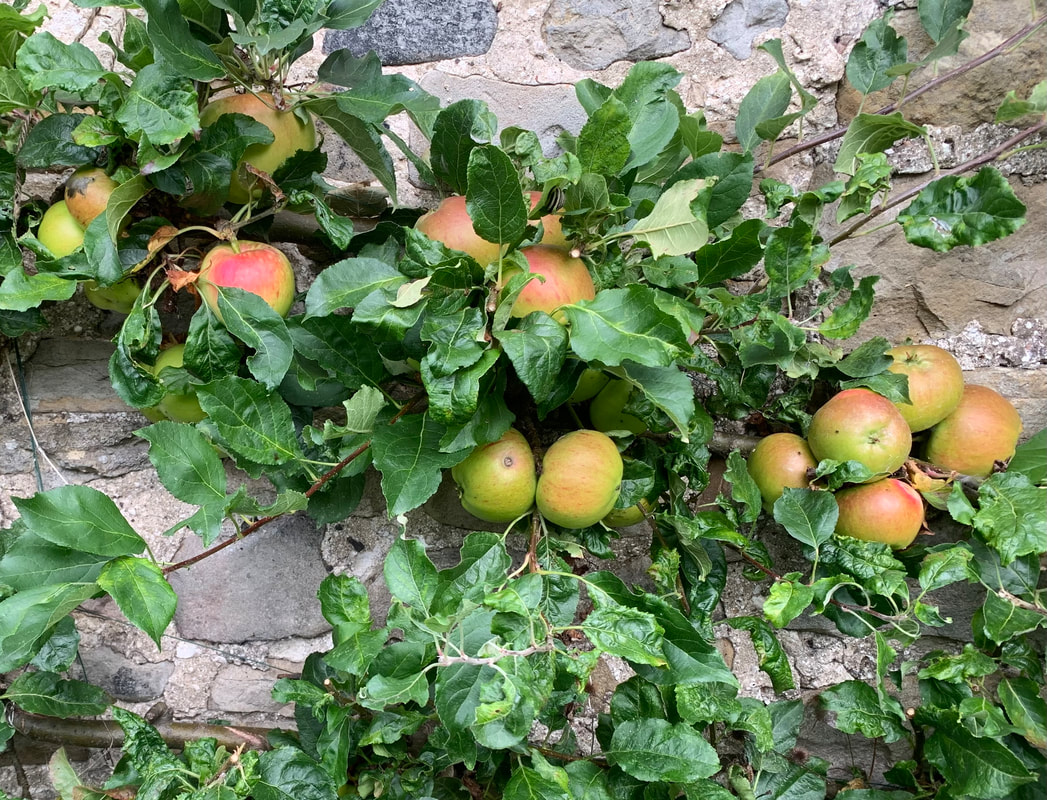
 RSS Feed
RSS Feed